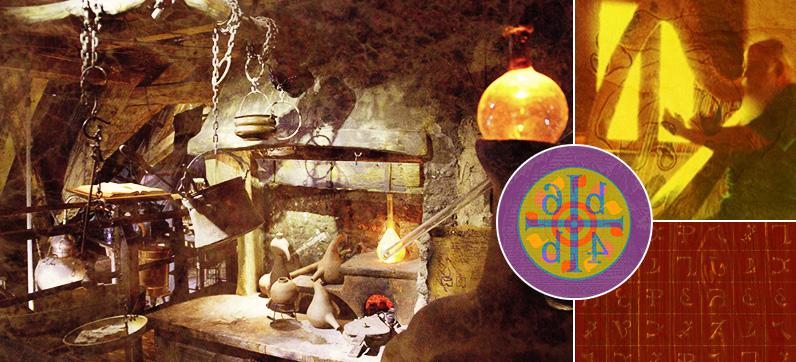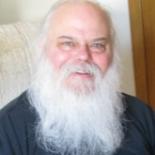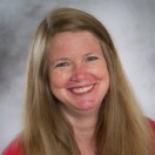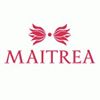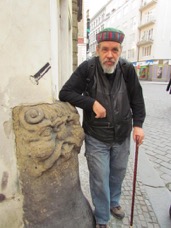
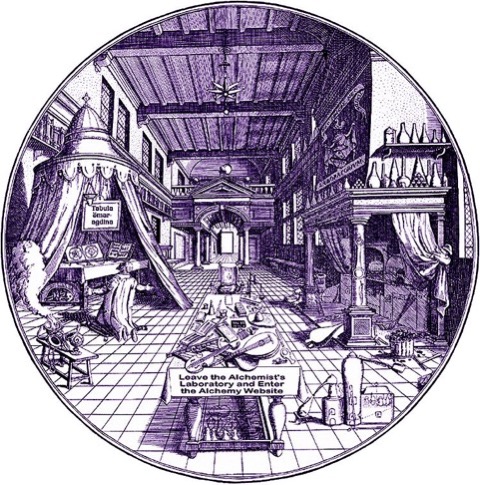
Alchemy, Magic, and Talking to Angels: The Adventures of John Dee and Edward Kelley
Introduction to Enochian-Ophanic-Angelic language, furniture, talismans and rituals.
with Dr. Teresa Burns and Alaerian
9.30 am-1pm, Tuesday 7th June. Venue: Maitrea
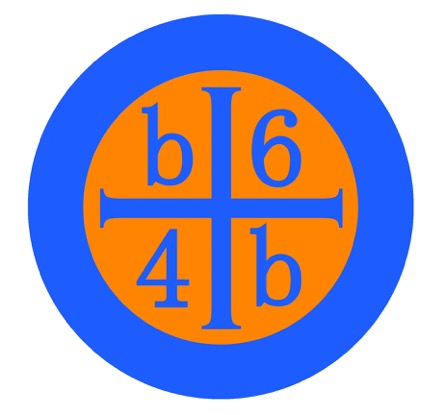
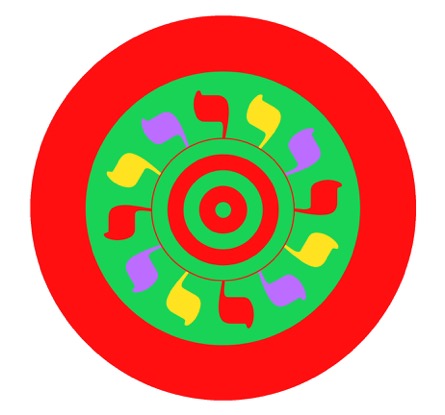
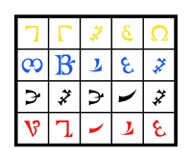
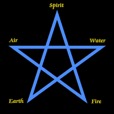
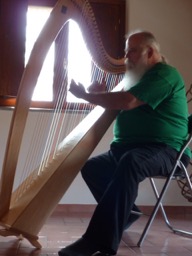 In this workshop, we will cover an introduction to John Dee and Edward Kelley’s “conversations with angels,” and the magical system they engendered. We’ll take you through some of the built-in blinds in this system variously called Enochian, Angelic or Ophanic.
In this workshop, we will cover an introduction to John Dee and Edward Kelley’s “conversations with angels,” and the magical system they engendered. We’ll take you through some of the built-in blinds in this system variously called Enochian, Angelic or Ophanic.
You will learn how Dee’s angels were said to be connected to transmutation, and then take a ride though some of the mysteries, claims and practices connected to Robert Hooke’s Enochiana (the alphabet represented an elaborate cryptographic system) to the Golden Dawn’s claim of a cipher manuscript. We will explore Dan Winter’s and Vincent Bridges explorations of Enochian relationship to sacred geometry and Vincent Bridges’s discussion of “Angels in the DNA.” We’ll then step back and look at the correspondences between the Angelic watchtowers and one of the oldest and simplest talismanic symbols: the pentagram. Alaerian will lead the group through a simple pentagram ritual (a group version of the lesser banishing ritual of the pentagram).
We will then incorporate Enochian elements into a more extended invoking pentagram culminating in the Greater Pentagram, or Watchtower, ritual. Within this sacred space, Alaerian will demonstrate the rending of the veil and the first two Enochian ‘calls’, as a way of providing participants with a direct experience of the sounds and feel of the Enochian. We will then take time to talk about what members of the group have experienced. We’ll finish by discussing some of the events connected to John Dee and Edward Kelley’s continental tour, their mysterious heptagonal ritual, and about Kelley’s sudden rise and fall as a Golden Knight of the Holy Roman Empire. We will end with a musical performance and healing angelic harp music with Alaerian.
John Dee, The Alchemical Museum, “The House of the Donkey and Cradle” and the Old Clock Tower
The tower of Kelly's house, where they did their magical work, is an eight-side octagon and each corner point exactly to the eight points of the compass. We are never really sure whether Edward Kelley (along with his colleague, royal alchemist John Dee) ever really did discover the correct recipe for the Philosopher's Stone that allegedly turns everything it touches into gold. However, Bridges found (through his extensive research in the archives of the Palace) that there are are court records that Kelly carried out three effective transformations before court officials and passed each with flying colors.
What was the inspiration behind the Hermetic ideas in the Rosicrucian manifesto? Who were the precursors of the Rosicrucian Enlightenment? The Elizabethan magus and Christian kabbalist John Dee (1527-1608) was the adviser of Queen Elizabeth I, renown as a philosopher, mathematician, geographer and navigator. A scholar-magician in the Renaissance tradition, he was immersed in the occult arts and the influence of supernatural powers. We join John Dee and Edward Kelley on their continental mission which was inspired by hopes of a major spiritual upheaval and religious reconciliation. His practice of angel-magic and the development of the Enochian-Ophanic-Angelic Language and alchemy would throw important light on the later Rosicrucian furor. Prague was also a major center of Jewish life and esoteric studies in the 16th Century. It was the home of Rabbi Judah Loewe, the scholar kabbalist reputed to have created the Golem. Alchemists and occultists gathered in Bohemia from all over Europe to exchange ideas and experiences.
Rooms & tunnels have been newly discovered in the crypts that have been sealed since the early 1600s. Vincent often spoke about the history of Edward Kelley in Prague as well as Prague itself being the center of magic and alchemy and also about the mysteries surrounding the famous astronomical & alchemical clock in the old town square of Prague (our group meeting point).
He was fascinated about the old clock which was constructed in 1410 which is covered in all sorts of Hermetic glyphs and symbols and carries mechanisms for three different kinds of time: Lunar time, Solar time and Sidereal time (the fixed stars) The mechanical clock was made by clockmaker Mikuláš of Kadaň and Jan Šindel, the latter a professor of mathematics and astronomy at Charles University. Formerly, it was believed that the Orloj was constructed in 1490 by clockmaster Jan Růže (also called Hanuš); this is now known to be a historical mistake. A legend, recounted by Alois Jirásek, has it that the clockmaker Hanuš was blinded on the order of the Prague Councilors so that he could not repeat his work; in turn, he removed a key piece of the clock, and no one was able to repair it for the next hundred years.
